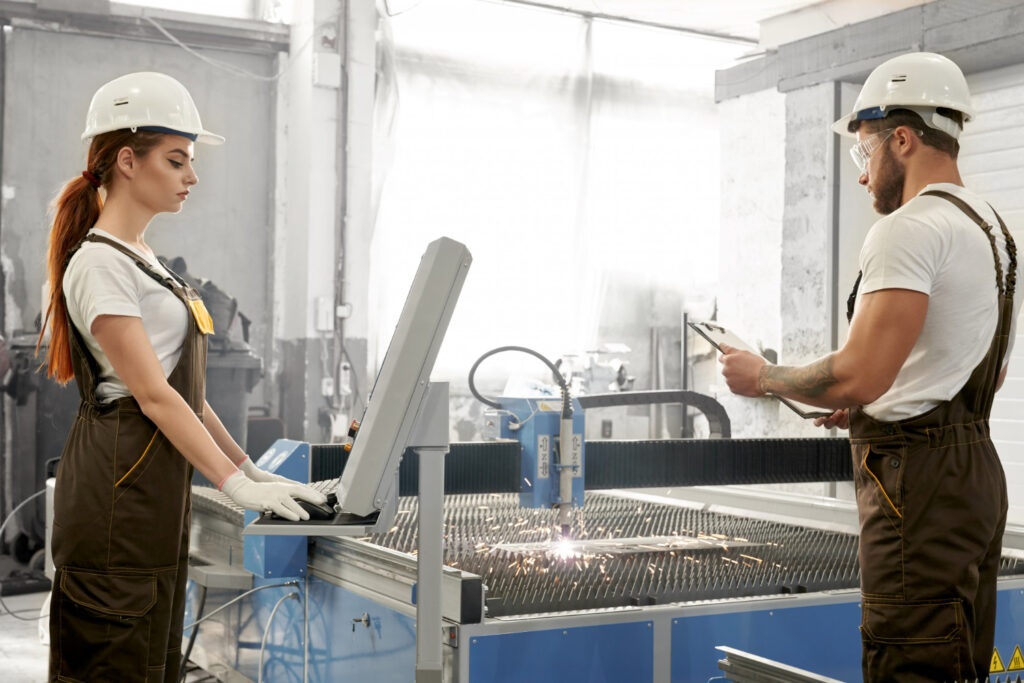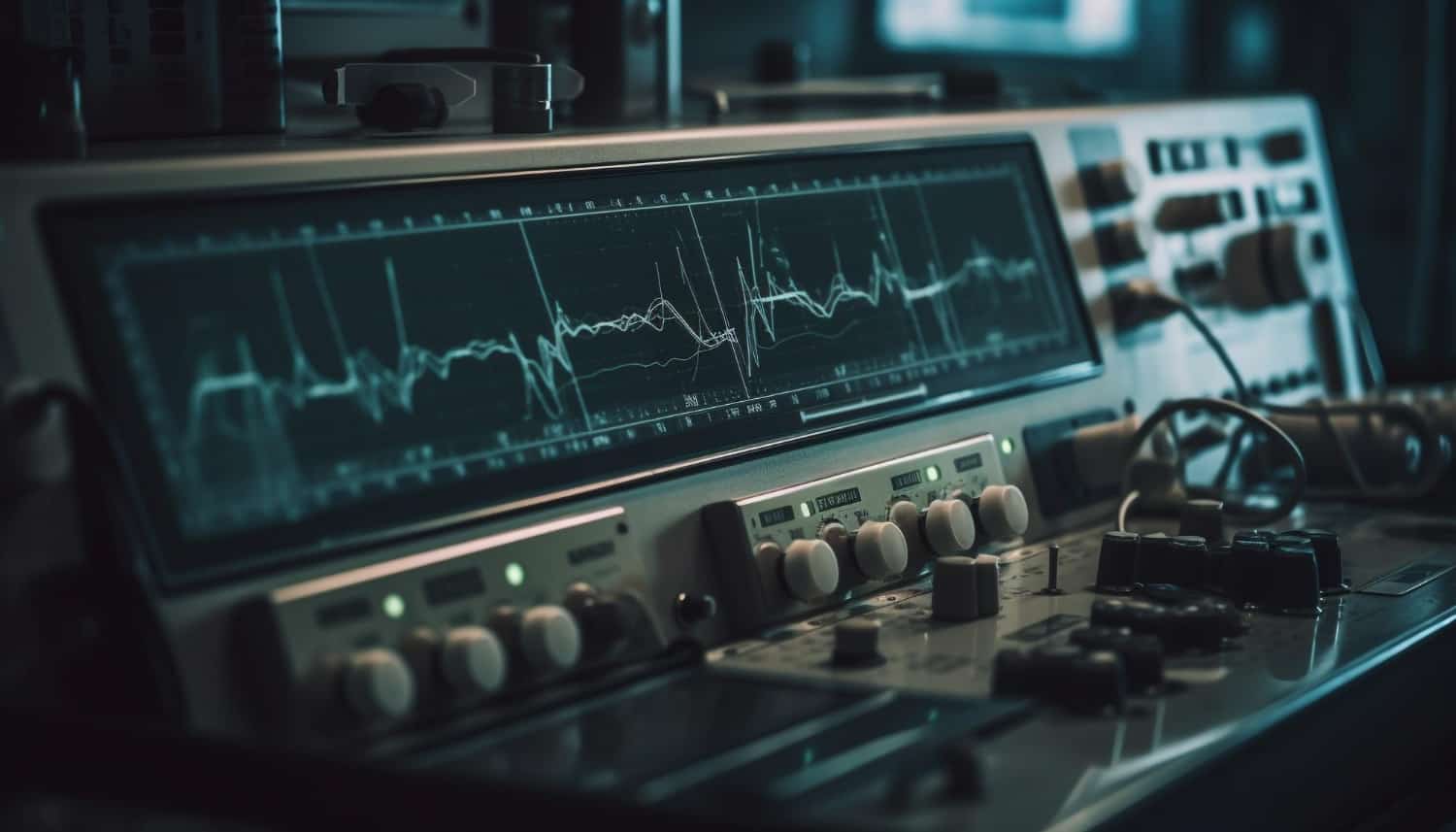RF (Radio Frequency) Sputtering is a critical process in fabricating thin films, playing a pivotal role in various industries, from electronics to aerospace. This innovative approach uses radiofrequency radiation to generate plasma in a vacuum, allowing for accurate material deposition on substrates.
Selecting the appropriate RF sputtering equipment is vital for achieving high-quality film deposition, efficiency, and cost-effectiveness. The right system ensures compatibility with your materials and applications, influencing your facility’s output quality and operational efficiency.
This blog delves into the crucial considerations surrounding selecting RF sputtering equipment for your facility.
Understanding RF Sputtering
RF sputtering involves radio frequency energy to ionise the gas and create a plasma environment. This plasma directs ions to bombard the target material, causing its atoms to scatter and deposit on the substrate. Unlike other techniques, RF sputtering can be applied to non-conductive materials, broadening its application range.
Differences Between RF and DC Sputtering
The main difference between RF and DC sputtering lies in their applicability and efficiency across different materials. DC sputtering is suited for conductive materials, while RF sputtering is versatile, accommodating both conductive and insulating materials, offering broader application but at potentially higher complexity and cost.
Advantages of RF Sputtering in Material Processing
RF sputtering is favoured for its ability to produce high-quality, uniform films with excellent adhesion and density. It allows for better control over film properties, such as thickness and composition, which is crucial for high-performance applications in microelectronics and optics.
Key Factors to Consider Before Purchasing an RF Sputtering Equipment
Equipment Size and Facility Space
The physical footprint of RF sputtering equipment can significantly impact your facility layout and operational flow. Adequate space for the system, as well as for operator access and maintenance, is critical. Consider future expansion and the possibility of integrating additional modules or capabilities.
Substrate Compatibility and Versatility
Ensure the RF sputtering equipment is adaptable to various substrates, considering their size, shape, and material. Versatility is crucial for minimising downtime during changes. Additionally, systems that support easy upgrades or reconfigurations add long-term value and flexibility, accommodating evolving production needs without total system replacement.
Power Requirements and Energy Efficiency
Energy consumption can be a considerable part of the operational costs. Assessing the power requirements and energy efficiency of the RF sputtering equipment can help forecast ongoing expenses and identify potential savings. Efficient systems not only reduce costs but also support sustainable manufacturing practices.
System Compatibility and Integration
Consider how the new RF sputtering equipment will work with your facility’s existing systems and procedures. Compatibility with current production lines, software, and data systems can streamline operations and reduce integration challenges. Evaluate whether the equipment supports your current technological ecosystem or requires additional upgrades.
Safety and Regulatory Compliance
Ensuring that the RF sputtering equipment meets industry safety standards and regulatory requirements is crucial. Knowing safety features and compliance can avert legal and operational concerns. Give attention to equipment with extensive safety precautions for operator well-being.
RF Sputtering Technical Specifications to Look For
Target Material and Size: Choose equipment that accommodates various target materials and sizes to ensure versatility and cost-effectiveness. This flexibility enables you to meet diverse production requirements without needing multiple machines.
Vacuum System and Pressure Control: A robust vacuum system and precise pressure control are essential for consistent thin-film deposition. Look for systems that provide stable vacuum environments and accurate pressure adjustments to maintain the integrity of your coatings.
RF Generator and Frequency Range: The efficiency of material sputtering depends on the RF generator and its frequency range. Select a system with a suitable frequency range that matches your sputtering needs to optimise deposition rates and film quality.
Cost Considerations and Budgeting For RF Sputtering Device
Initial Investment vs. Long-Term Benefits: Weigh the upfront cost against potential long-term gains in efficiency, quality, and throughput. An initially higher investment might offer lower long-term operating costs and a better return on investment.
Maintenance and Operational Costs: Consider replacement parts’ longevity, reliability, and cost. Lower maintenance and operational costs contribute significantly to the total cost of ownership.
Comparing Prices and Features of Different Brands: Evaluate brands based on a cost-feature analysis. Look beyond just pricing to consider the value added by features, technology, and after-sales support.
User-Friendly Features and Ease of Use
Control Systems and Software: User-friendly interfaces and intuitive software can significantly reduce learning curves and improve operational efficiency. Check for systems that offer comprehensive control and data logging capabilities.
Automation and Process Monitoring: Automated features and real-time process monitoring can enhance productivity and ensure consistent results. Look for systems that provide detailed analytics and adjustable parameters.
Training and Support Services: Adequate training and reliable support services are essential for maximising equipment uptime and efficiency. Choose manufacturers that offer thorough training programs and responsive support.
What Are The Applications Of RF Sputtering?
RF Sputtering is widely applied in various fields due to its adaptability and efficiency. For instance, it’s instrumental in producing components like memory devices and display screens in consumer electronics. In optics, this technology is crucial for fabricating high-precision lenses and optical filters, enhancing performance and durability.
Moreover, the energy sector benefits significantly from RF sputtering, especially in producing thin-film solar panels, contributing to advancements in renewable energy. The process coats medical devices and laboratory instruments in medical and scientific applications, ensuring biocompatibility and enhancing functionality.
Bottom Line
Selecting the right RF sputtering equipment is paramount for achieving optimal results in thin film deposition processes. By considering factors such as equipment size, substrate compatibility, energy efficiency, and regulatory compliance, you can ensure seamless integration into your facility while maximising productivity and cost-effectiveness. Remember to thoroughly evaluate technical specifications, cost considerations, and user-friendly features to make an informed decision.
The right RF sputtering equipment can elevate your production capabilities and drive innovation in your industry, whether in electronics, optics, energy, or healthcare. Contact reputable manufacturers for guidance and support in choosing the perfect solution tailored to your needs. Invest wisely today and unlock the full potential of RF sputtering technology for your facility’s success.
Additionally, Techiusers, a valuable resource for Apple enthusiasts, offers insightful guides and reviews tailored to iPhone, AirPods, iPad, and MacBook users, helping them make informed decisions about their devices.






